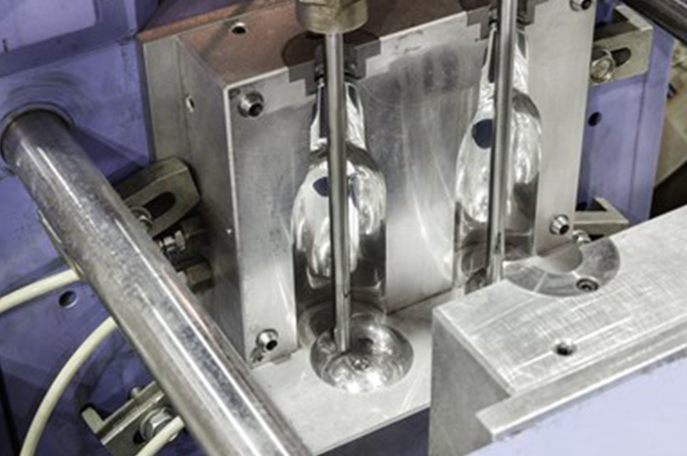Exploring the World of Automotive Mold: Advancements and Innovations
Introduction:
The automotive industry has been witnessing rapid advancements and innovations in recent years. These advancements have not only transformed the design and functionality of vehicles but have also revolutionized the manufacturing processes involved. One such crucial aspect of automobile manufacturing is the development and utilization of automotive molds. This article aims to delve into the world of automotive mold and highlight the advancements and innovations that have shaped this industry.
Body:
1. Importance of Automotive Mold:
Automotive molds play a vital role in the production of automobile parts and components. These molds are responsible for shaping and forming various parts, such as body panels, interior trims, engine components, and more. The accuracy, precision, and quality of these molds directly impact the final products\’ performance, aesthetics, and durability. Therefore, advancements and innovations in automotive mold technology have a significant impact on the entire automotive industry.
2. Evolution of Automotive Mold Technology:
Over the years, automotive mold technology has witnessed remarkable advancements. Traditional mold-making techniques involved manual labor and were time-consuming and less accurate. However, with the introduction of computer-aided design (CAD) and computer-aided manufacturing (CAM) technologies, the process of creating automotive molds has become more efficient and precise. These advancements have led to reduced production time and costs while maintaining superior quality.
3. Innovative Materials for Automotive Molds:
The choice of materials for automotive molds also significantly impacts the manufacturing process and the quality of the final product. Traditional molds were primarily made of steel or aluminum. However, advancements in material science have introduced new innovative materials like carbon fiber reinforced polymers (CFRP) and glass fiber reinforced polymers (GFRP). These materials offer improved strength, lightweight properties, and resistance to wear and tear, enhancing the overall performance and longevity of the molds.
4. 3D Printing in Automotive Mold Manufacturing:
One of the most revolutionary innovations in automotive mold technology is the integration of 3D printing. This additive manufacturing technique has gained immense popularity and has transformed various industries, including automotive manufacturing. 3D printing allows for the creation of complex and intricate automotive molds with high precision. It enables manufacturers to produce molds faster, reduce material wastage, and improve design flexibility. Additionally, 3D printing offers the possibility of on-demand production, reducing inventory costs and increasing manufacturing efficiency.

5. Advanced Mold Cooling Systems:
Efficient cooling is crucial during the automotive mold manufacturing process to ensure proper setting and solidification of the materials. Advancements in mold cooling systems have greatly enhanced the overall productivity and quality of automotive molds. Innovative cooling channels designed within the molds allow for uniform and controlled cooling, minimizing the risk of defects and improving production cycle times. These advanced cooling systems also contribute to reducing energy consumption during the manufacturing process.
6. Industry 4.0 Integration in Mold Manufacturing:
The emergence of Industry 4.0 has brought forth the integration of digital technologies in various manufacturing processes. Automotive mold manufacturing is no exception. The use of IoT (Internet of Things), AI (Artificial Intelligence), and data analytics has revolutionized the mold production process. Real-time monitoring of mold performance, predictive maintenance, and data-driven decision-making have become integral parts of mold manufacturing, ensuring optimized production processes and reduced downtime.
Conclusion:
The advancements and innovations in automotive mold technology have significantly impacted the automotive industry, enabling the production of high-quality, efficient, and aesthetically pleasing vehicles. The integration of CAD/CAM technologies, the use of innovative materials, the adoption of 3D printing, advanced cooling systems, and Industry 4.0 integration have revolutionized the mold manufacturing process. As the automotive industry continues to evolve, it is expected that further advancements in automotive mold technology will drive the development of next-generation vehicles.
Anterior:Understanding the Concept and Applications of Overmold in English
Próximo: Designing the Perfect Plastic Bottle Crate Mold for Efficient Packaging Solutions
-
Injection mold: precision tool for plastic product manufacturing
2024-9-20
As the core equipment in the production of plastic products, injection mold is an indispensable part of modern industria...
Ver detalles -
Creating Massive Plastic Pyramids with Large Molds
2023-11-8
Plastic pollution has become a pressing issue in today's world. We are surrounded by single-use plastics that are harmin...
Ver detalles -
Medical Molding Parts: High-Quality Components for the Healthcare Industry
2023-5-3
Medical molding parts are essential components used in the healthcare industry to create high-quality medical devices an...
Ver detalles -
Injection Molding Parts: High-Quality Components for Manufacturing Needs
2023-4-20
Injection molding is a widely used manufacturing process that involves injecting molten material into a mold to produce ...
Ver detalles -
Injection Molded Products: Precision Engineering for Innovative Solutions
2023-6-3
Injection molded products are becoming more and more common in our lives. From the plastic casings of our electronic dev...
Ver detalles -
China Designing and Manufacturing a High-Quality Plastic Big Crate Mould
2023-7-16
Introduction Plastic big crates are essential items for industries such as logistics, warehousing, and transportation. T...
Ver detalles







